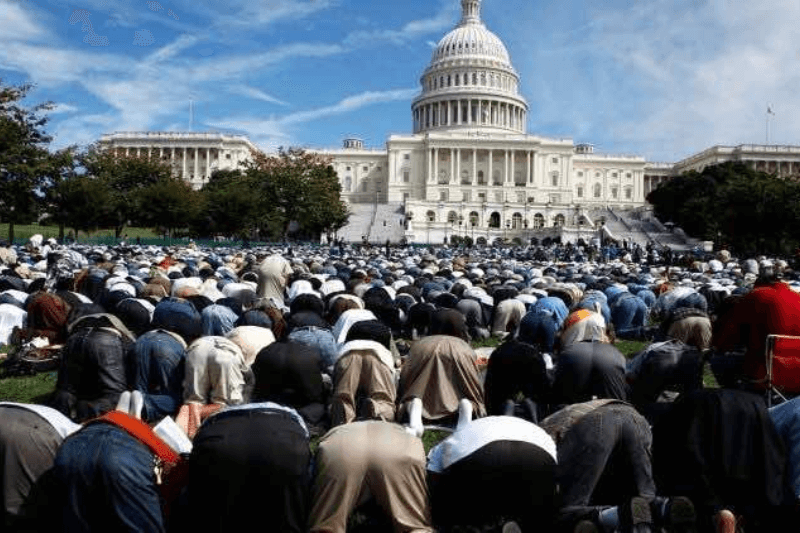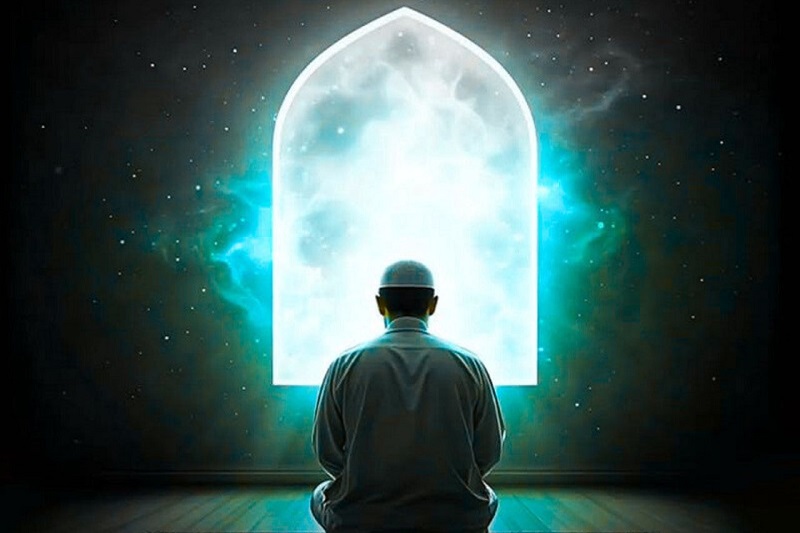
Eid al-Fitr 2024: Dates, Traditions, and Celebrations in the US
Ramadan, the Islamic month of fasting, is drawing to a close, signaling the arrival of Eid al-Fitr, also known as “the feast of fast-breaking.” As the anticipation builds, Muslims around the world eagerly await the sighting of the crescent moon, which determines the commencement of Eid festivities. Let’s delve into the significance of Eid al-Fitr, its traditions, and what to expect as Ramadan culminates.
Understanding Eid al-Fitr
Eid al-Fitr symbolizes the end of Ramadan and the return to regular daily activities for Muslims. It’s a day of celebration and gratitude, marked by communal prayers and joyous gatherings. The term “Eid” translates to “festival” or “feast” in Arabic, highlighting the festive nature of the occasion. This annual event holds immense cultural and religious significance for Muslims worldwide.
Why is Eid celebrated twice a year?
Eid al-Fitr and Eid al-Adha, the two major festivals in the Islamic calendar, commemorate distinct events pivotal to Islamic history. Eid al-Fitr, often referred to as the “Lesser Eid,” honors the culmination of Ramadan, whereas Eid al-Adha, known as the “Greater Eid,” commemorates the completion of the Hajj pilgrimage.
How do Muslims celebrate Eid al-Fitr?
Eid al-Fitr festivities span two to three days and include special prayers, expressions of goodwill, and acts of charity. Muslims exchange greetings of “Eid Mubarak,” indulge in delectable sweet dishes, and offer gifts to loved ones and those in need. The spirit of forgiveness and reconciliation pervades the atmosphere, fostering unity and compassion within communities.
Keep Reading
Observing Eid al-Adha
In contrast, Eid al-Adha, or the “feast of the sacrifice,” follows the conclusion of the Hajj pilgrimage. This solemn occasion commemorates Prophet Ibrahim’s unwavering faith and willingness to sacrifice his son, Ismail, as an act of obedience to God’s command.
When are Eid al-Fitr and Eid al-Adha celebrated?
Eid al-Fitr occurs on the first day of Shawwal, the tenth month of the Islamic lunar calendar. Conversely, Eid al-Adha falls on the tenth day of Dhu al-Hijjah, the twelfth and final month of the Islamic lunar calendar. Due to the disparity between the lunar and Gregorian calendars, the dates of these festivals vary each year.
The Spiritual Essence of Eid al-Fitr
Beyond the festivities, Eid al-Fitr holds profound spiritual significance for Muslims worldwide. It serves as a testament to their perseverance and reliance on divine sustenance throughout the month-long fast of Ramadan. Additionally, Eid embodies the principle of charitable giving through Zakat al-Fitr, ensuring that all members of the community partake in the joyous celebrations.
Eid al-Fitr 2024 in the United States
As Ramadan draws to a close, Muslims in the United States eagerly anticipate the arrival of Eid al-Fitr. The evening of Tuesday, April 9, marks the commencement of Eid, with celebrations continuing on Wednesday, April 10. Muslims across the nation will gather in mosques to offer prayers of gratitude and participate in acts of charity, reaffirming the spirit of unity and compassion that defines Eid al-Fitr.
Eid al-Fitr stands as a testament to the resilience, faith, and unity of the global Muslim community. As Ramadan concludes and Eid dawns upon us, let us embrace the spirit of joy, generosity, and gratitude that defines this auspicious occasion.




